Thinking about adding a new electrical outlet or upgrading the ones you already have?
Choosing an electrical outlet isn’t just about picking the right spot—it’s also about ensuring safety, functionality, and compatibility with your appliances. With so many options available, it’s important to make the right choice.
Here’s a simple guide for how to choose the right electrical outlet for your home.
How to Choose the Right Electrical Outlet for Your Home?
Here's a step-by-step guide for how to choose the right electrical outlet for your home:
Step 1: Understand GFCI and AFCI Outlets
Not all outlets are the same—some are designed to protect your home and family from electrical hazards. Let’s look at the two most common types of safety outlets:
GFCI (Ground Fault Circuit Interrupter)
These outlets protect you from electric shocks. If there’s a current leak (like when water and electricity mix), they cut the power instantly. You’ll recognise them by the small “test” and “reset” buttons on the front.
AFCI (Arc Fault Circuit Interrupter)
AFCI outlets are designed to prevent electrical fires. If a wire starts sparking (arcing), these outlets shut off the power before it can cause a fire.
Quick Tip:
GFCI and AFCI outlets may look similar, but they serve very different purposes. Be sure to choose the right one for your needs!
Step 2: Know Where You Need Them?
Certain areas of your home are required by electrical safety codes to have either GFCI or AFCI protection. In fact, some areas may need both! Here’s a quick rundown of where you need these outlets:
GFCI Protection:
- Kitchens
- Bathrooms
- Garages
- Outdoor areas
- Unfinished basements
- Anywhere within 6 feet of a sink or water source
AFCI Protection:
- All bedrooms
- Many newer homes require AFCI protection in living rooms and hallways too.
Step 3: Choose How to Install Them?
Good news—you don’t need to replace every outlet in your home with a GFCI or AFCI outlet. A single, well-placed outlet or breaker can protect multiple outlets on the same circuit.

GFCI Protection:
Install one GFCI outlet at the start of a circuit, and all other outlets on that circuit will be protected.
AFCI Protection:
You can add AFCI protection at the panel level using an AFCI circuit breaker or install individual AFCI outlets as needed.
Step 4: Match the Outlet to Your Appliances and Devices
It’s essential to choose the right outlet for what you’re plugging in. Not every outlet is the same—some are designed for small electronics, while others can handle larger appliances.
For Large Appliances:
Big appliances like electric dryers and ovens need a 240-volt outlet, which is heavy-duty. There are two types: 3-prong and 4-prong outlets.
Quick Tip:
Check your appliance plug before buying an outlet. The shape of the prongs will tell you which outlet you need.
Also, these outlets must be installed on a dedicated circuit, meaning no other devices should share the power.
For Medium-Sized Appliances and Power Tools:
If you have items like window AC units, microwaves, or power tools, you might need a 20-amp outlet. These look similar to your standard 15-amp outlets, but the neutral slot is horizontal instead of vertical.
Important:
Never install a 20-amp outlet on a 15-amp circuit—it’s a fire hazard.
For Charging Small Electronics:
Modern outlets come with built-in USB ports—perfect for charging phones, tablets, and other devices without needing a plug adapter.
These are great in kitchens, bedrooms, home offices, or anywhere you regularly charge your devices.
Step 5: Check Your Existing Wiring and Circuits
Before installing any new outlets, make sure your home’s wiring can handle the new outlet. Overloading circuits or mismatching amperage can be dangerous.

Here’s what to check first:
How Many Devices Are Already on the Circuit?
Every circuit powers certain devices—lights, appliances, etc. Overloading a circuit can cause overheating, tripped breakers, or even fires.
Quick Tip:
Keep track of everything already on the circuit to avoid exceeding its load capacity.
Do You Need a Dedicated Circuit?
Big appliances like dryers and ovens need their own dedicated circuit. If you’re adding an outlet for a large appliance, you’ll need to install a new breaker in your panel and run new wiring.
Amperage Matters:
The amperage of your existing circuit must be at least as high as the outlet you're installing. For example, never install a 20-amp outlet on a 15-amp circuit.
Quick Rule of Thumb:
Always ensure your circuit is rated for the same or higher amperage as the new outlet.
Does Your Home Have a Ground Wire?
Older homes might not have a ground wire, which is necessary for safety. If your outlets only have 2 slots instead of 3, your home likely lacks a ground wire.
Important:
Never install a 3-prong outlet in a home without a ground wire. Consider rewiring for safety.
Conclusion
Choosing the right outlet for your home goes beyond just picking the right plug—it’s about ensuring safety, functionality, and efficiency. Learning how to choose the right electrical outlet for your home is essential to keeping your family safe and ensuring your electrical system runs smoothly.
By understanding the types of outlets you need, where to place them, and how to ensure your circuits are up to the task, you can confidently move forward with your installation. If you’re unsure, it’s always best to consult a professional to ensure everything is set up correctly.
Ready to Make the Right Electrical Outlet Choice for Your Home?
Ready to choose the right electrical outlet for your home? Whether you're upgrading your outlets or installing new ones, make sure you're making the safest and most efficient choice.
Contact Unique Electrical for expert advise and professional installation to ensure your home’s electrical system is up to code.




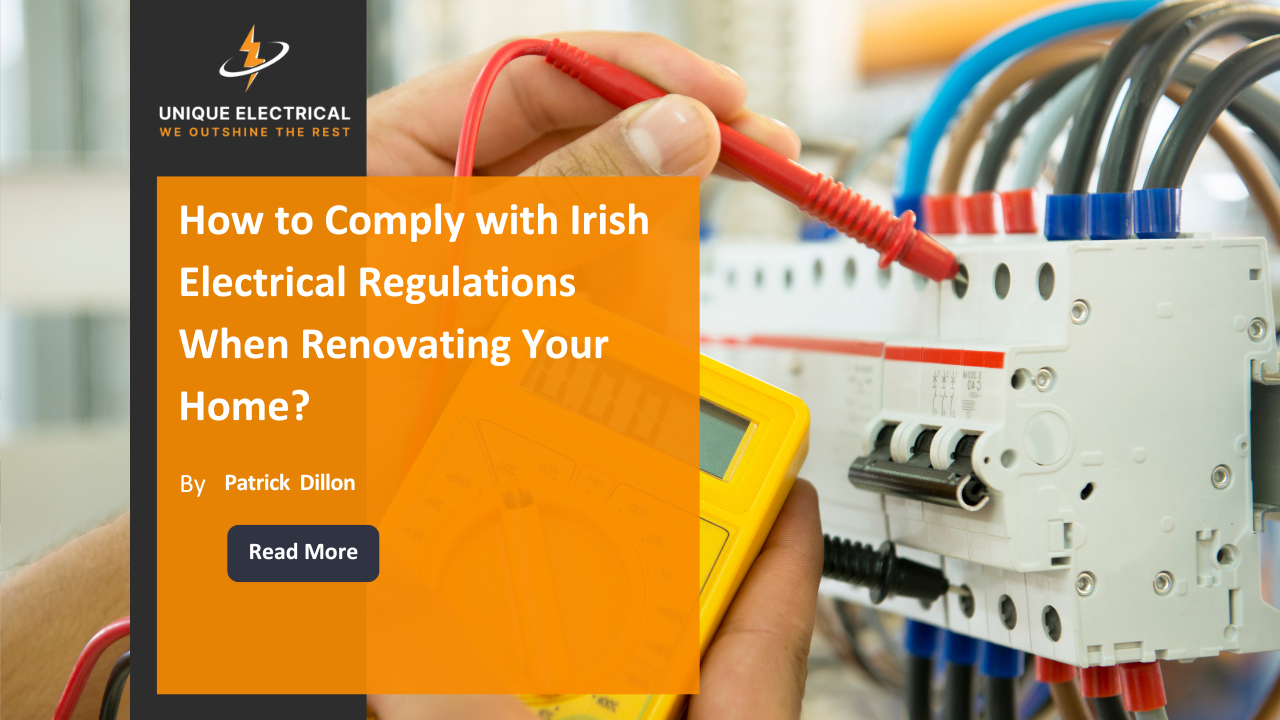
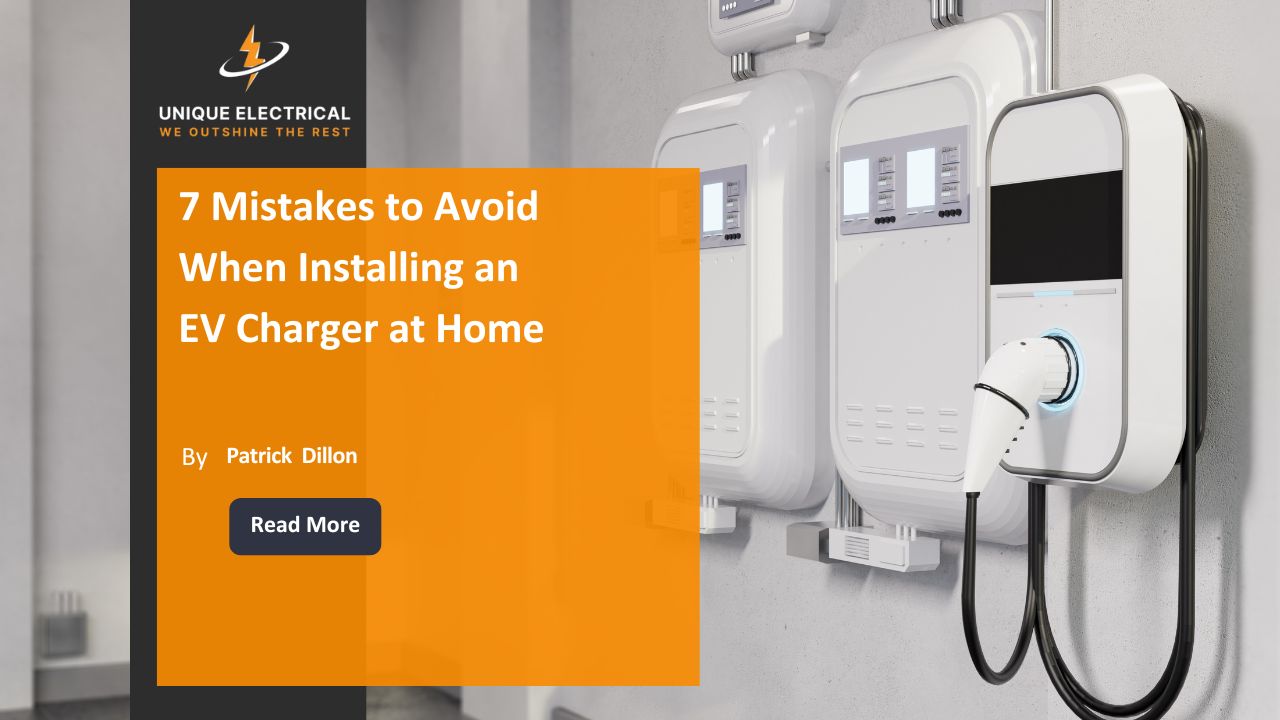



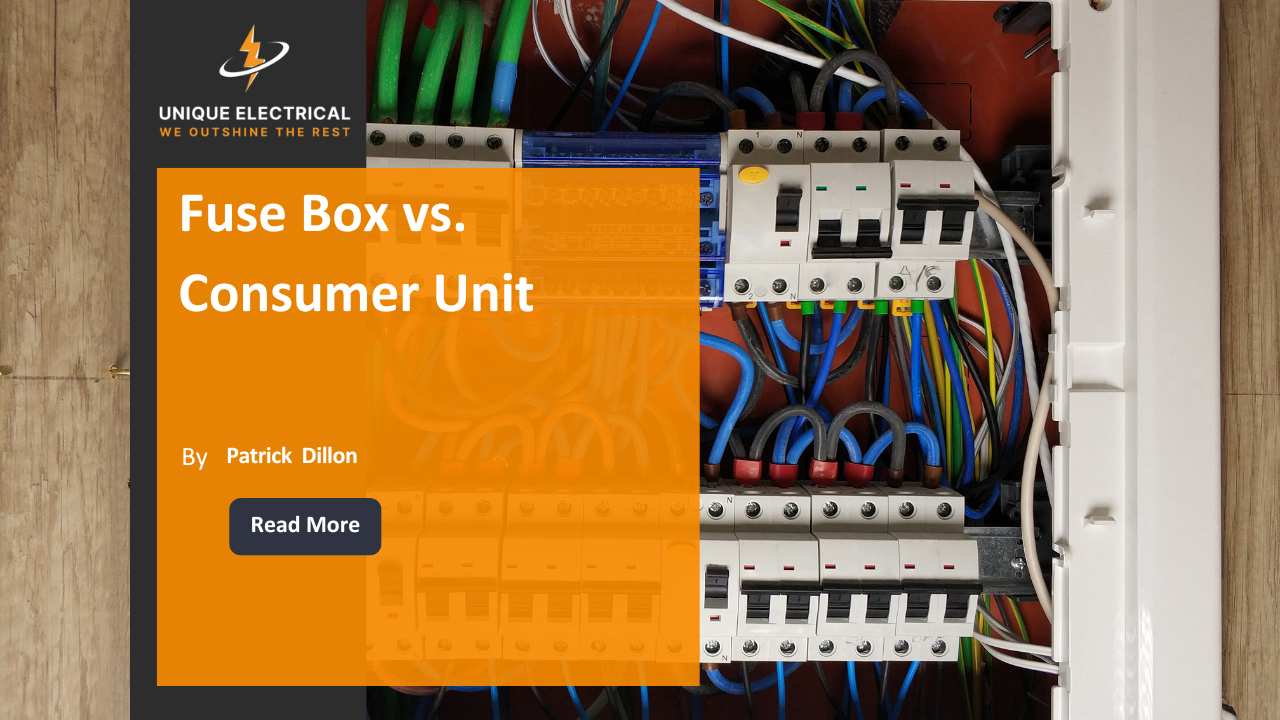
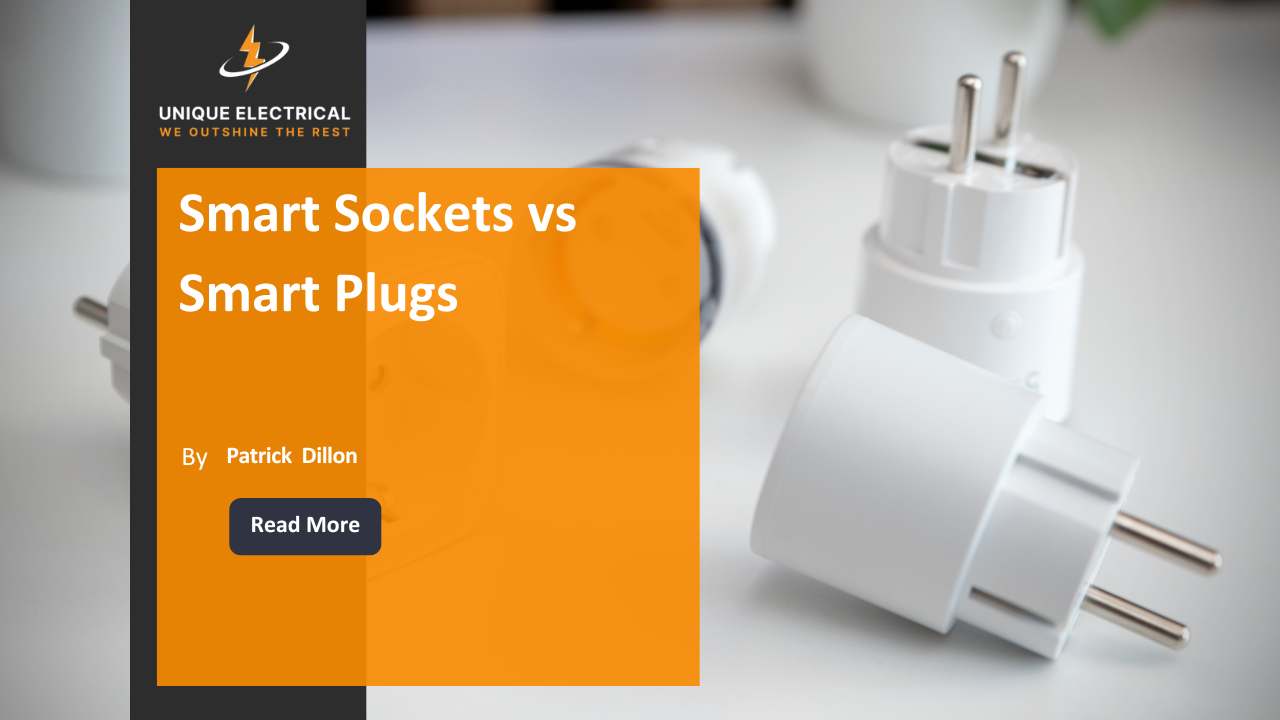
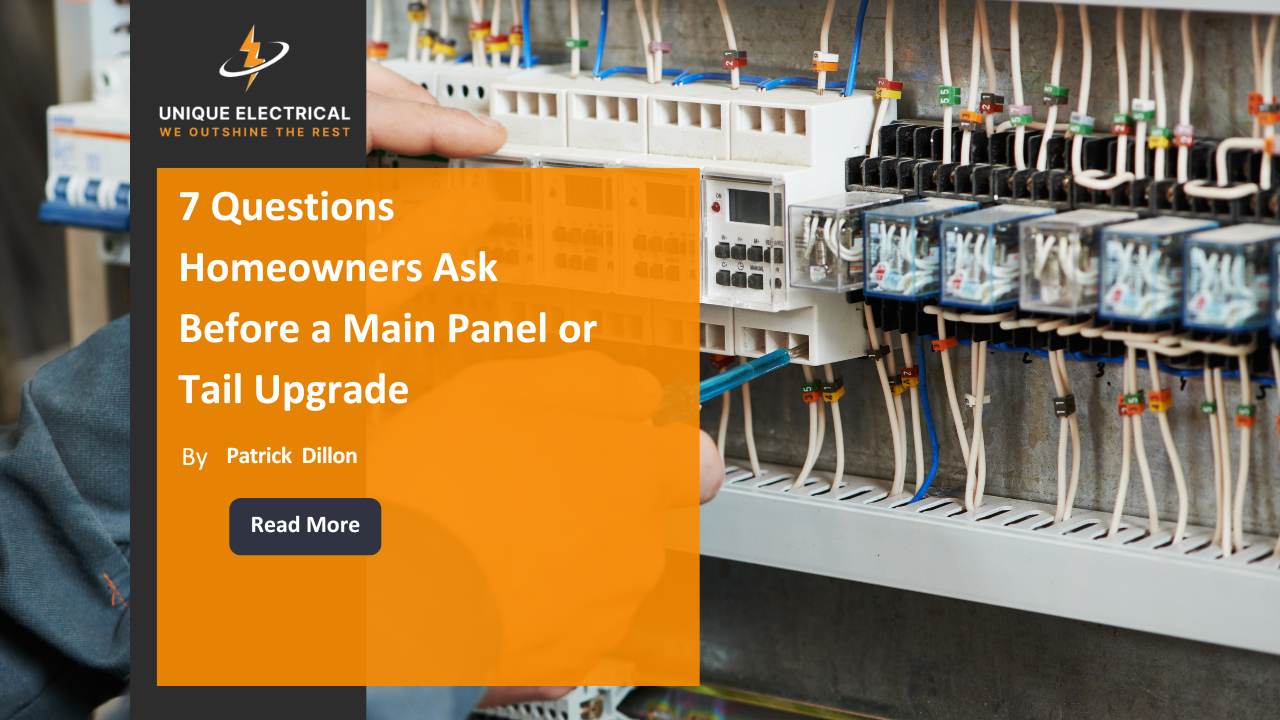
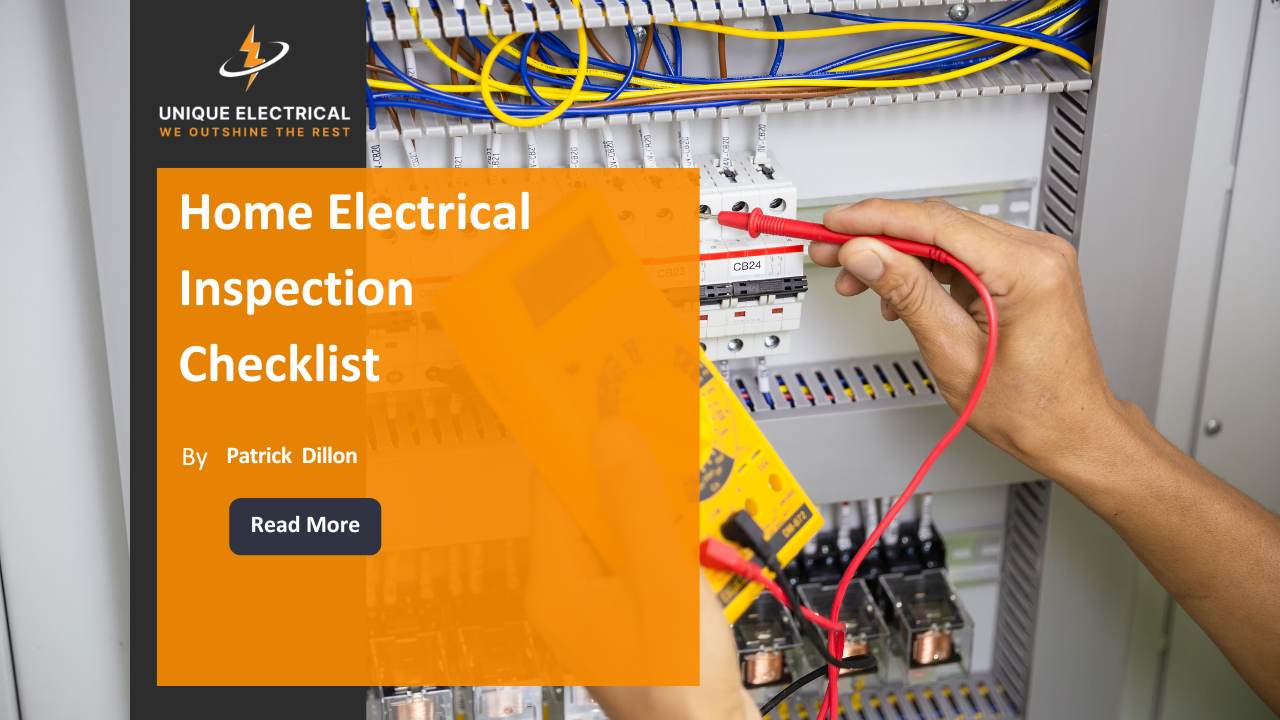
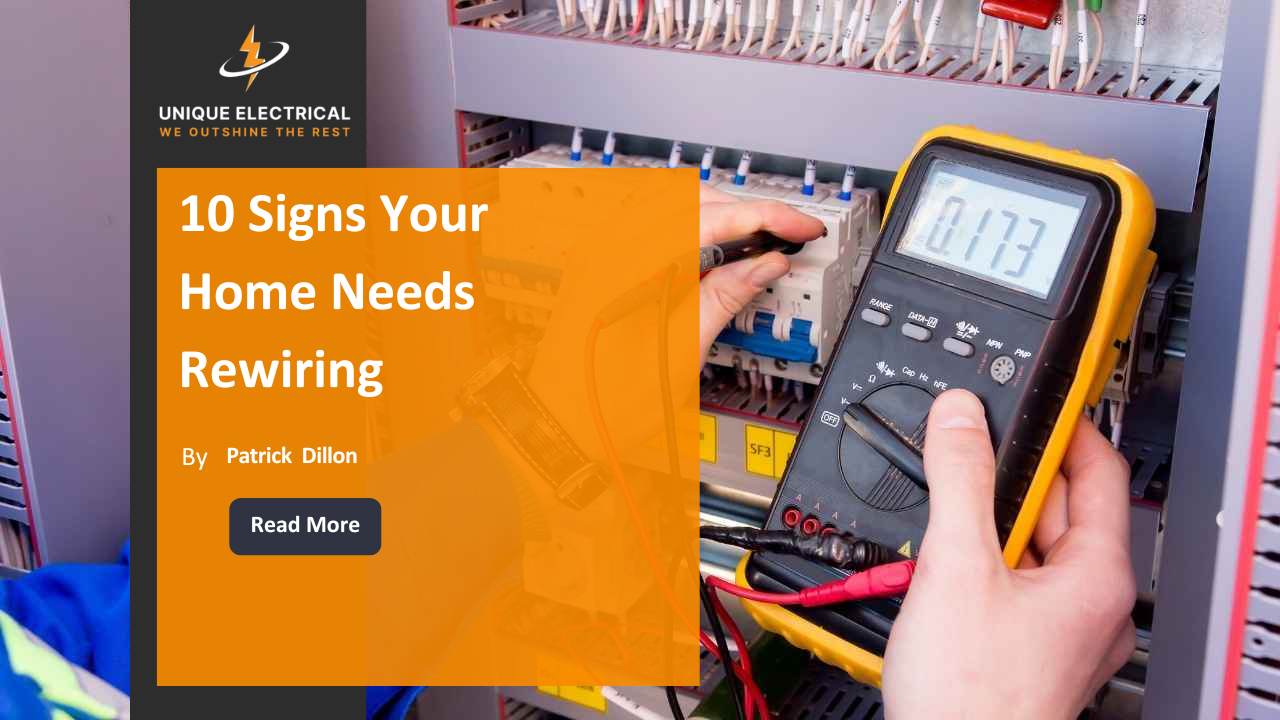

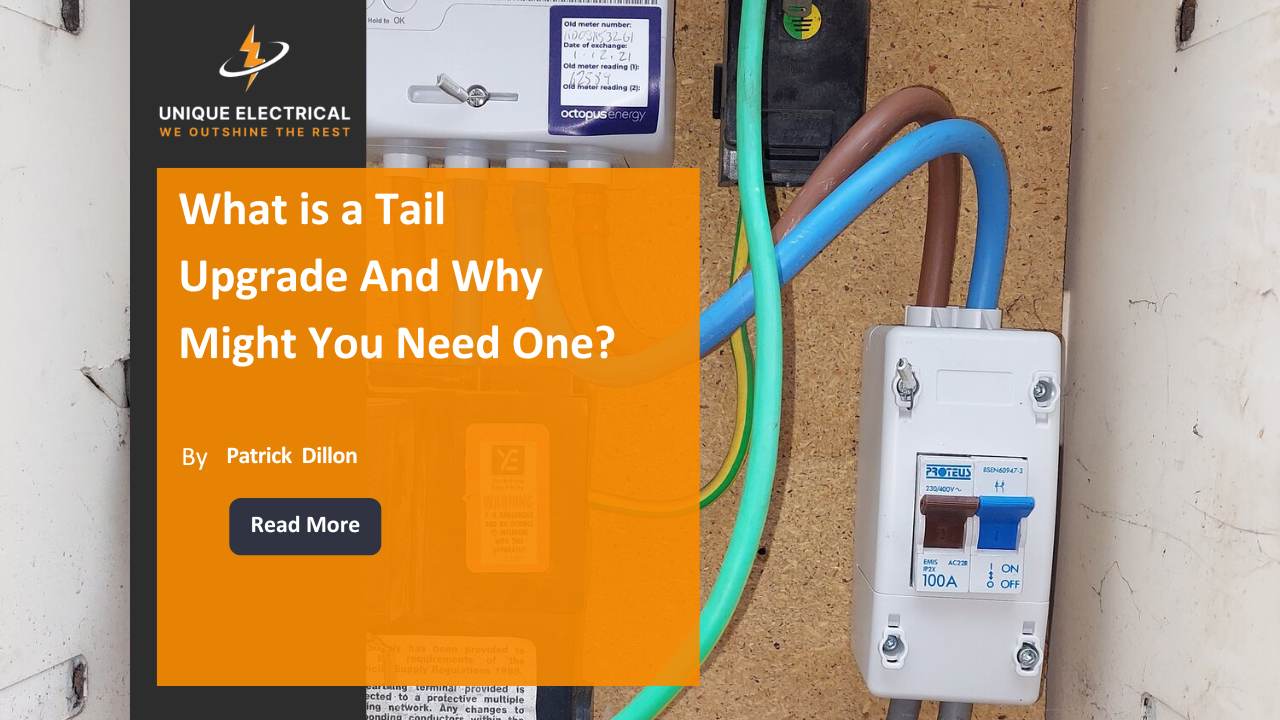











.jpg)

.jpg)





























